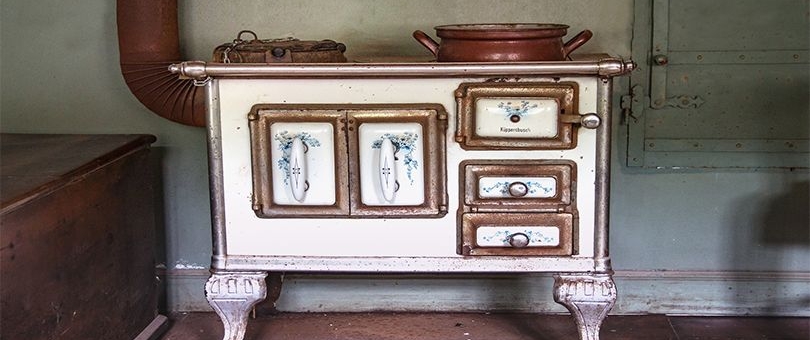As per 2015 Residential Energy Consumption Survey (RECS), a majority of the American population use natural gas furnaces, electric furnaces or electric heat pumps to heat their homes.
The source of fuel varies according to the regions. Technology has made it possible to have different heating choices which are favorable for various climatic conditions.
The high cost of electric heating has limited the use of electrical heating equipment.
According to the Department of Energy (DOE), natural gas costs around 68 percent less than electricity, per Btu (British thermal unit).
According to the American Gas Association, in the U.S, 62 million homes are heated using natural gas.
A heating system is one of the most important systems in the house and it can be dangerous if it fails.
Some common problems that you can come across in a gas furnace which can prevent it from heating, are listed below.
8 Common Issues and Fixes
1. Gas Leak
If you smell gas leak from your furnace, it needs immediate attention.
Do not light matches or try to turn the light switch on or off. It can be fatal and source of a fire.
Immediately open the door and the windows.
Locate the gas supply valve and turn it off. It should be near the gas meter on the gas inlet pipe.
Use an adjustable wrench to rotate the valve one-quarter. This will turn off the gas.
If the valve’s oblong stem is perpendicular to the gas inlet, it means that the gas is turned off. Stay out until the smell subsides.
2. No Gas Flame
A faulty or loose thermocouple can be the cause of it.
The pilot flame heats the thermocouple. A thermocouple is a copper rod which on heating signals that there is enough heat for the gas fuel and allows the gas release to the burner.
The pilot’s flame set to low can be another reason that the furnace has stopped working.
If there is no pilot light, replacing the thermocouple can solve the issue.
You can also check the pilot’s orifice to see if it is clogged or see if the safety cut-off valve is defective.
3. Clogged Filters
A clogged filter is the cause of 90% of the furnace problems.
A clogged filter limits the airflow through your gas furnace and this may lead to overheating.
You can replace the filter yourself. After replacing it, press the reset button and see if it emits heated air.
4. Furnace Needs a Reset
Press the reset button to see if the furnace starts working. A reset button is a red button located on the front, side, or back of the furnace.
If the furnace doesn’t start, press the reset button again after 30 minutes.
You may require to repeat the process once again after a 30 minute interval.
If it still doesn’t start, then you should call a furnace repair service professional.
5. Closed Heating Registers
Closed heat registers can cause heat build up in the furnace.
Air pressure in the air ducts increases the probability of leaks, especially at the joints and seams.
Experts recommend keeping 80% of the registers open to prevent heat building up in the system.
6. Dirty Flame Sensor
The flame sensor is like a rod and prevents the unsafe burning of fuel. It is located near the back of the furnace in the path of the burner.
To clean the flame sensor, switch off the power and remove the sensor.
Clean it and then place it back in the furnace. Now you can switch on the power.
7. Furnace is Off
Check the fuses and circuit breakers and see if the emergency power switch of the furnace is not turned off.
8. Door Cover Left Open
This issue is common once you have replaced your filter.
Even if the door isn’t closed properly, the furnace may not start.
Ensure that you close the door cover properly to solve the issue.
If all the above troubleshooting methods don’t help you, then you need to call a furnace repair service company near you in Baltimore.
Same Day Pros has a list of many furnace repair service professionals that you can choose from.


